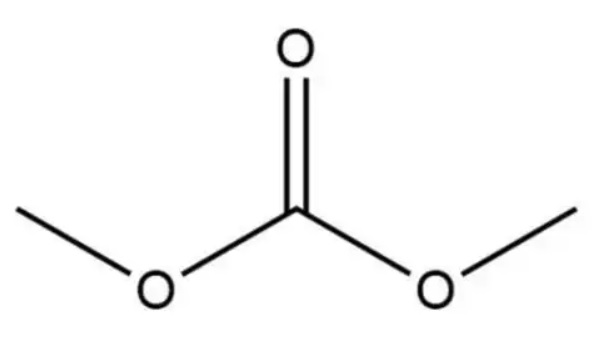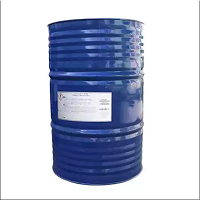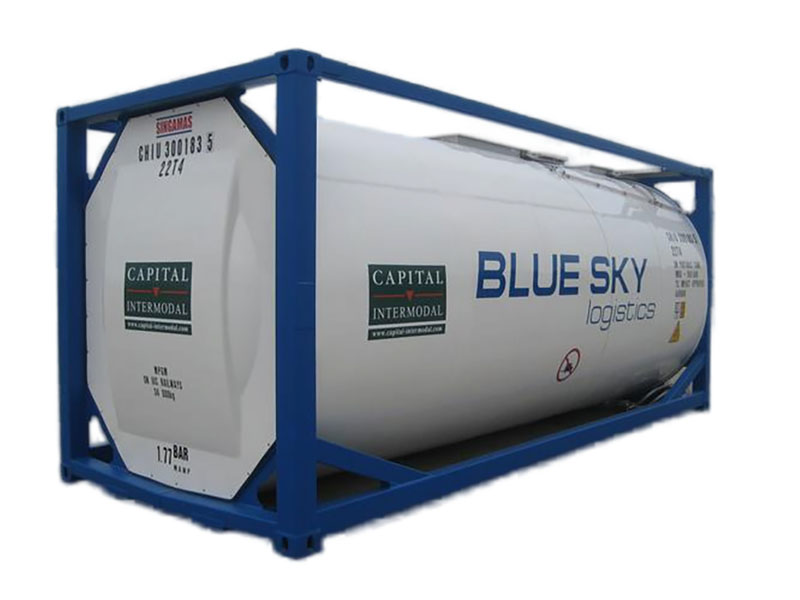
Dimethyl carbonate
Product name: Dimethyl carbonate
CAS: 616-38-6
Package: Iron drum/IBC/ISO tank
Origin: China
Use: Chemical raw material
Capacity: 1000MT per month
Product Introduction
Introduction
Dimethyl carbonate, abbreviated as DMC, is a colorless, transparent, and pungent liquid at room temperature. Its relative density (d204) is 1.0694, and melting point is 4 ℃ to boiling point is 90.3 ℃. Its flash point is 21.7 ℃ (open) and 16.7 ℃ (closed), and refractive index (nd20) is 1.3687. It is flammable and non-toxic. It can be mixed with almost all organic solvents such as alcohols, ketones, esters, etc. in any proportion and is slightly soluble in water. It can be used as a methylation reagent. Compared to other methylation reagents such as iodomethane and dimethyl sulfate, dimethyl carbonate is less toxic and can be biodegraded. The method of producing dimethyl carbonate from phosgene as raw material is no longer commonly used. Instead, it is produced by catalytic oxidation carbonylation of methanol in the presence of oxygen, which is more environmentally friendly than previous methods.

Application
Dimethyl carbonate can replace traditional toxic raw materials such as phosgene, dimethyl sulfate, and methyl chloride. Can be used to synthesize various carbamate pesticides, such as carbapenem; Used for non phosgene synthesis of polycarbonate, diphenyl carbonate, isocyanate, and allyl diglycol carbonate. Organic synthesis intermediates, such as benzyl ether, benzyl dimethyl ether, alkyl aromatic amines, symmetrical diaminoethanes, methyl hydrazide formate, etc; In the pharmaceutical industry, it can be used to produce pharmaceutical intermediates such as aminooxazolidinone, ciprofloxacin, and p-ketocarboxylic acid esters. In addition, it can also be used as an additive for gasoline, diesel, refrigeration engine oil, and solvents.
Storage and package
This product is packaged in iron drums. This product is flammable and can ignite when in contact with oxidants. It should be stored in a cool and ventilated dedicated warehouse, away from sources of fire. Prevent packaging container damage and leakage. Store and transport according to regulations for flammable and toxic hazardous chemicals.



